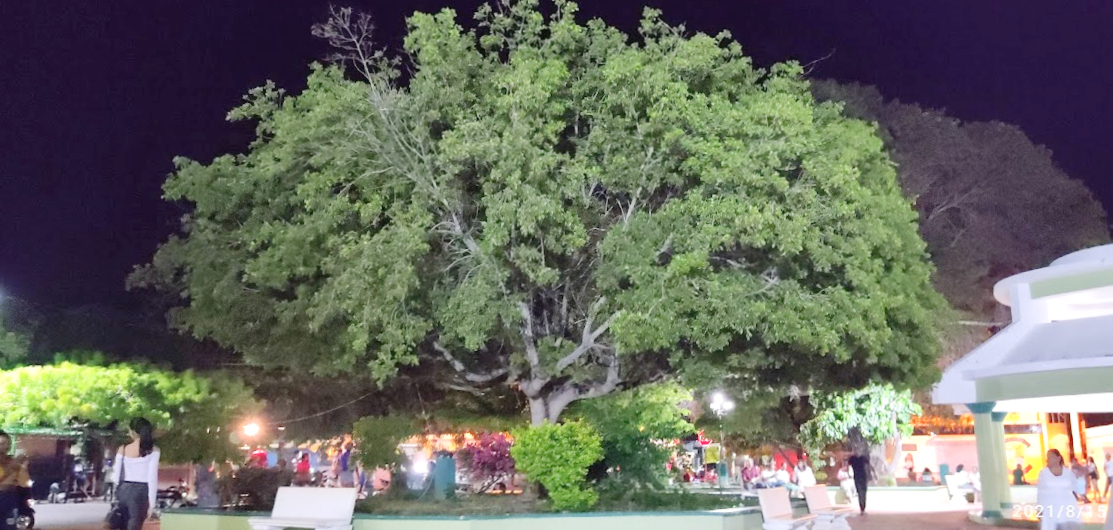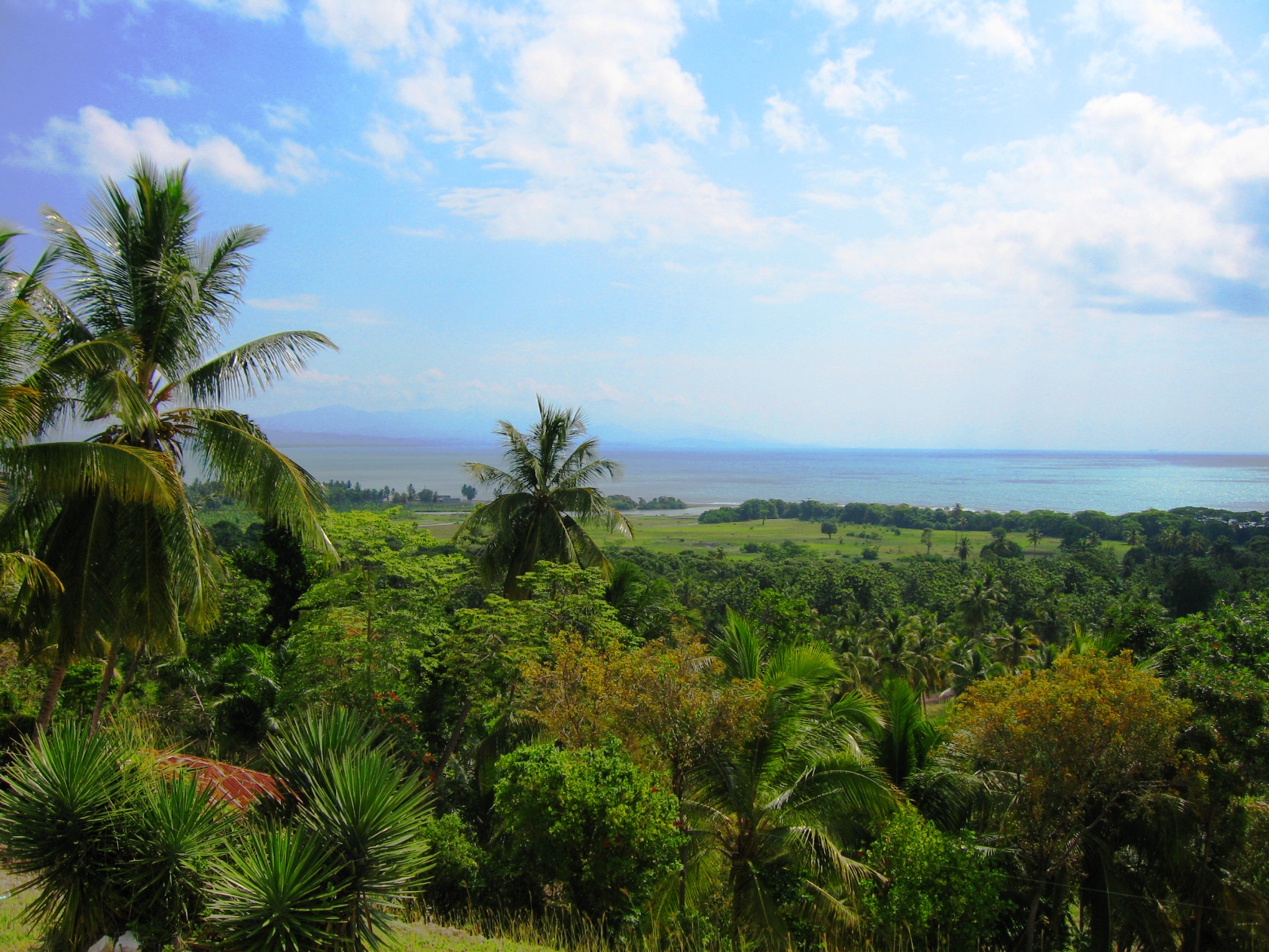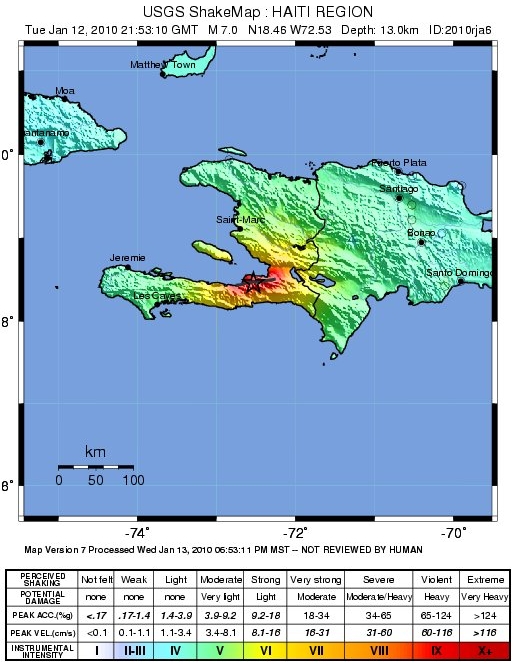|
Sud-Est (department)
Sud-Est ( French) or Sidès (Haitian Creole; both meaning "South East") is one of the ten departments of Haiti located in southern Haiti. It has an area of 2,034.10 km2 and a population of 632,601 (2015). Its capital is Jacmel. History Taino Period The department is part of the '' Xaragua kasika'' under the leadership of Bohecio and Anacaona. The settlement of Yakimèl was in the area of actual Jacmel City. Spanish Period Jacmel is one of the earliest Spanish towns in the Caribbean when it was settled by Nicolas Ovando in 1504. French Period One year after the Treaty of Ryswick, the french formally settle the city through La Compagnie de St-Domingue. Haitian Period Haitian Revolution Like many of the actual departments in Haiti, by 1791, the different social classes of St-Domingue started rebelling against the status quo. The enslaved under the leadership of Romaine-La-Prophétesse, a mulatto coffee plantation owner, asked for the abolition of slavery and liberty for all. ... [...More Info...] [...Related Items...] OR: [Wikipedia] [Google] [Baidu] |
Departments Of Haiti
In the administrative divisions of Haiti, the department (french: département d'Haïti, ; ht, depatman Ayiti) is the first of four levels of government. Haiti is divided administratively into ten departments, which are further subdivided into 42 arrondissements, 145 communes, and 571 communal sections. In 2014, there was a proposal by the Chamber of Deputies to increase the number of departments from 10 to 14 —perhaps as high as 16. Administration Each departement has a departmental council (''conseil départemental'') compound of three members elected by the departmental assembly for a 4-year term. The departmental council is led by a president (''président''). The council is the executive organ of the department. Each department has a departmental assembly who assists the council in its work. The departmental assembly is the deliberative organ of the department. The members of the departmental assembly are also elected for 4 years. The departmental assembly is led by ... [...More Info...] [...Related Items...] OR: [Wikipedia] [Google] [Baidu] |
Jean-Jacques Dessalines
Jean-Jacques Dessalines (Haitian Creole: ''Jan-Jak Desalin''; ; 20 September 1758 – 17 October 1806) was a leader of the Haitian Revolution and the first ruler of an independent First Empire of Haiti, Haiti under the Constitution of Haiti, 1805 constitution. Under Dessalines, Haiti became the first country in the Americas to permanently abolish slavery. He led a genocidal campaign against white Haitians in 1804. Initially regarded as governor-general, Dessalines was later named Emperor of Haiti as Jacques I (1804–1806) by generals of the Haitian Revolution Army and ruled in that capacity until being assassinated in 1806. He has been referred to as the father of the nation of Haiti. Dessalines served as an officer in the French army when the colony was fending off History of Spain (1700–1810), Spanish and Kingdom of Great Britain, British incursions. Later he rose to become a commander in the revolt against France. As Toussaint Louverture's principal lieutenant, he led man ... [...More Info...] [...Related Items...] OR: [Wikipedia] [Google] [Baidu] |
Bainet
Bainet ( ht, Benè) is a commune in the Bainet Arrondissement, in the Sud-Est department of Haiti. It has 62,300 inhabitants. In late 1791 and early 1792, during the early Haitian Revolution, slaves in Bainet rebelled as part of the Trou Coffy uprising led by Romaine-la-Prophétesse. The Haitian artist and photographer Gérald Bloncourt Gérald Bloncourt (4 November 1926 – 29 October 2018), also known as Gérard Bloncourt, was a Haitian painter and photographer resident in the suburbs of Paris, France. Born in the small city of Bainet, in Haiti's Sud-Est department, Bloncour ... was born in Bainet.Eleanor Ingalls Christensen, ''The Art of Haiti'' (1975), page 64 References Populated places in Sud-Est (department) Communes of Haiti {{Haiti-geo-stub ... [...More Info...] [...Related Items...] OR: [Wikipedia] [Google] [Baidu] |
Pedernales, Dominican Republic
The Dominican city of Pedernales is the capital of the Pedernales Province, in the Dominican Republic. It is located in the southwest of the country, on the Dominican Republic–Haiti border, and has a crossing to the Haitian town of Anse-à-Pitres. National Parks * Parque Nacional Jaragua * Parque Nacional Sierra de Bahoruco These two parks, along with Lake Enriquillo and adjoining zones of the Municipality Pedernales, form the first biosphere reserve in the country. History The official foundation of the colony of Pedernales was produced in the year 1927 during the Government of Horacio Vásquez, who appointed as Administrator to the well-known writer Sócrates Nolasco. The colonists proceeded of Duvergé mostly. The first one was Mr. Genaro Perez Rocha, a prosperous rancher, who would later bring the first resident families who came from Duverge. In the year 1937 the highway was built to join with this locality and Oviedo, in whose works they participated 500 men ... [...More Info...] [...Related Items...] OR: [Wikipedia] [Google] [Baidu] |
Caribbean Sea
The Caribbean Sea ( es, Mar Caribe; french: Mer des Caraïbes; ht, Lanmè Karayib; jam, Kiaribiyan Sii; nl, Caraïbische Zee; pap, Laman Karibe) is a sea of the Atlantic Ocean in the tropics of the Western Hemisphere. It is bounded by Mexico and Central America to the west and southwest, to the north by the Greater Antilles starting with Cuba, to the east by the Lesser Antilles, and to the south by the northern coast of South America. The Gulf of Mexico lies to the northwest. The entire area of the Caribbean Sea, the numerous islands of the West Indies, and adjacent coasts are collectively known as the Caribbean. The Caribbean Sea is one of the largest seas and has an area of about . The sea's deepest point is the Cayman Trough, between the Cayman Islands and Jamaica, at below sea level. The Caribbean coastline has many gulfs and bays: the Gulf of Gonâve, Gulf of Venezuela, Gulf of Darién, Golfo de los Mosquitos, Gulf of Paria and Gulf of Honduras. The Caribbean Sea has ... [...More Info...] [...Related Items...] OR: [Wikipedia] [Google] [Baidu] |
Sud (department)
Sud ( French) or Sid (Haitian Creole; both meaning "South") is one of the ten departments of Haiti and located in southern Haiti. It has an area of and a population of 774,976. Its capital is Les Cayes. History Taino Period The department was part of the Xaragua kingdom. The area of Aquin was known as Yakimo a Taino settlement. The island of Vache was named Anigua. Spanish Period The area of Les Cayes was a Spanish settlement known as Salvatierra de la Sabana or Land Saved from the Water or Sea. French Period Much like the N-O, the South Department was a pirate hub with famous pirates such as Henri Morgan and many more hiding their loot on the multitude of islands from Grosse Cayes to Isle-à-Vache. Haitian Revolution The South, in general, was Rigaudin since was under the control of André Rigaud until it definitely switches the hand of Toussaint and the Louverturien. This conflict is known as the Haitian War of Knives opposing two political and economical groups in Haiti ... [...More Info...] [...Related Items...] OR: [Wikipedia] [Google] [Baidu] |
Ouest (department)
Ouest ( French) or Lwès (Haitian Creole; both meaning "West") is one of the ten departments of Haiti and located in Centre-Sud of the country linking the Great-North and the Tiburon Peninsula. It is the jurisdictional seat of the national capital, the city of Port-au-Prince. It has an area of and a population of 4,029,705 (2015 Estimate). Due to the Ouest being the biggest and most populated department it better understood when split into 5 subregions, each sub-regions deserve to be their own department. * Ouest-Arcadins or Akaya, the District of Arcahaie, the biggest city being Arcahaie * Ouest-Plaine or Azuei, the District of Croix-des-Bouquets, the biggest city being Croix-des-Bouquets * Ouest-Meridonnal or Yaguana, the District of Léogane, the biggest city being Léoganes * Ouest-Insulaire or Gonave, the District of Gonave, the biggest city being Anse-à-Galets * Ouest-Capital, the District of Port-au-Prince, the biggest city being Port-au-Prince History Taino Perio ... [...More Info...] [...Related Items...] OR: [Wikipedia] [Google] [Baidu] |
Gran Colombia
Gran Colombia (, "Great Colombia"), or Greater Colombia, officially the Republic of Colombia (Spanish: ''República de Colombia''), was a state that encompassed much of northern South America and part of southern Central America from 1819 to 1831. It included present-day Colombia, mainland Ecuador (i.e. excluding the Galápagos Islands), Panama, and Venezuela, along with parts of northern Peru, northwestern Brazil, and Part of Guyana. The terms Gran Colombia and Greater Colombia are used historiographically to distinguish it from the current Republic of Colombia, which is also the official name of the former state. However, international recognition of the legitimacy of the Gran Colombian state ran afoul of European opposition to the independence of states in the Americas. Austria, France, and Russia only recognized independence in the Americas if the new states accepted monarchs from European dynasties. In addition, Colombia and the international powers disagreed over the exte ... [...More Info...] [...Related Items...] OR: [Wikipedia] [Google] [Baidu] |
Simón Bolívar
Simón José Antonio de la Santísima Trinidad Bolívar y Palacios (24 July 1783 – 17 December 1830) was a Venezuelan military and political leader who led what are currently the countries of Colombia, Venezuela, Ecuador, Peru, Panama and Bolivia to independence from the Spanish Empire. He is known colloquially as '' El Libertador'', or the ''Liberator of America''. Simón Bolívar was born in Caracas in the Captaincy General of Venezuela into a wealthy criollo family. Before he turned ten, he lost both parents and lived in several households. Bolívar was educated abroad and lived in Spain, as was common for men of upper-class families in his day. While living in Madrid from 1800 to 1802, he was introduced to Enlightenment philosophy and met his future wife María Teresa Rodríguez del Toro y Alaysa. After returning to Venezuela, in 1803 del Toro contracted yellow fever and died. From 1803 to 1805, Bolívar embarked on a grand tour that ended in Rome, where he swore to end ... [...More Info...] [...Related Items...] OR: [Wikipedia] [Google] [Baidu] |
Henri Christophe
Henri Christophe (; 6 October 1767 – 8 October 1820) was a key leader in the Haitian Revolution and the only monarch of the Kingdom of Haiti. Christophe was of Bambara ethnicity in West Africa, and perhaps of Igbo descent. Beginning with the slave uprising of 1791, he rose to power in the ranks of the Haitian revolutionary military. The revolution succeeded in gaining independence from France in 1804. In 1805 he took part under Jean-Jacques Dessalines in the capturing of Santo Domingo (now Dominican Republic), against French forces who acquired the colony from Spain in the Treaty of Basel. After Dessalines was assassinated, Christophe retreated to the Plaine-du-Nord and created a separate government. On 17 February 1807, he was elected president of the State of Haiti, as he named that area. Alexandre Pétion was elected president in the south. On 26 March 1811, Christophe created a kingdom in the north and was later proclaimed Henry I, King of Haïti. He also created a n ... [...More Info...] [...Related Items...] OR: [Wikipedia] [Google] [Baidu] |
Haitian Declaration Of Independence
The Haitian Declaration of Independence was proclaimed on 1 January 1804 in the port city of Gonaïves by Jean-Jacques Dessalines, marking the end of 13-year long Haitian Revolution. The declaration marked Haiti becoming the first independent nation of Latin America and only the second in the Americas after the United States. Notably, the Haitian declaration of independence signalled the culmination of the only successful slave revolution in history. Only two copies of the original printed version exist. Both of these were discovered by Julia Gaffield, a Duke University postgraduate student, in the UK National Archives in 2010 and 2011. They are currently held by The National Archives, Kew. The declaration itself is a three-part document. The longest section, "Le Général en Chef Au Peuple d’Hayti", which is known as the "proclamation," functions as a prologue. It has one signatory, Jean-Jacques Dessalines, the senior general and a former slave. Due to Dessalines being illit ... [...More Info...] [...Related Items...] OR: [Wikipedia] [Google] [Baidu] |







